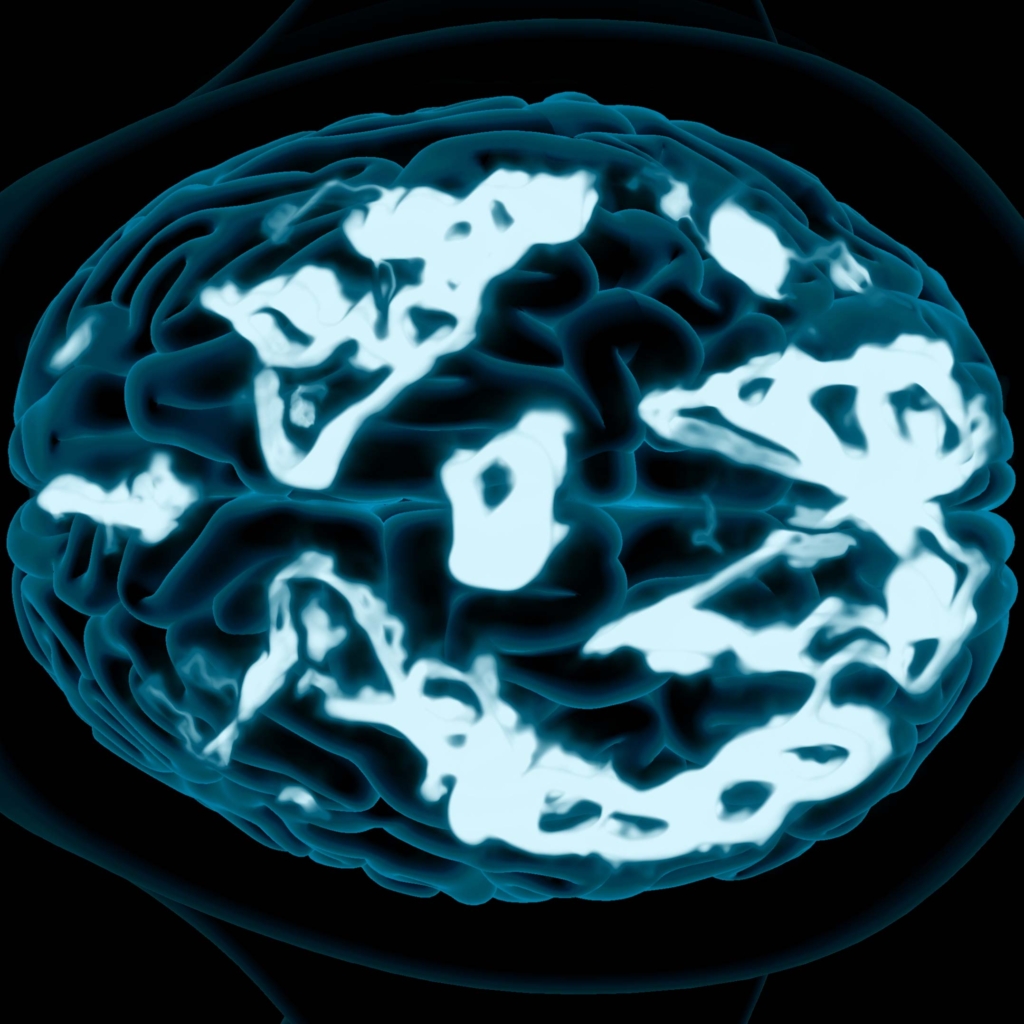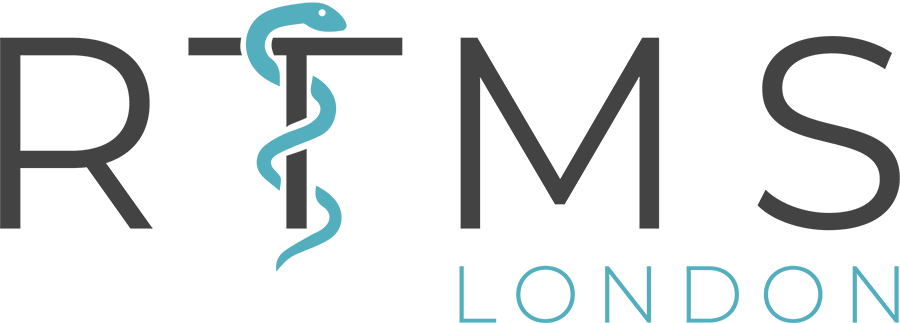
How rTMS Changes The Brain
Repetitive Transcranial Magnetic Stimulation (rTMS) is a non-invasive procedure that has been making waves in the medical field, particularly for its ability to alter brain activity. This technique has shown promise in treating conditions like fibromyalgia and depression, which are often linked to abnormal brain function in specific regions. By targeting these areas, rTMS can either increase or decrease neural activity, facilitating a return to normal brain function. Additionally, rTMS promotes neuroplasticity, enabling the brain to rewire itself for long-term benefits.
Understanding Abnormal Brain Activity in Medical Conditions
Conditions such as fibromyalgia and depression are not just rooted in physical symptoms but are closely tied to changes in brain activity. For instance, fibromyalgia is often associated with heightened activity in the pain-processing regions of the brain. This hyperactivity can amplify the sensation of pain, making it persistent and widespread. Similarly, depression is linked to altered activity in areas such as the prefrontal cortex, which is crucial for mood regulation. Reduced activity in this region can lead to symptoms of sadness, lack of motivation, and overall emotional distress.

How RTMS Targets Brain Activity
rTMS works by delivering magnetic pulses to specific areas of the brain. These pulses can penetrate the skull without causing any pain or requiring invasive procedures. The targeted delivery allows for precise modulation of brain activity. When an area of the brain is underactive, as seen in depression, rTMS can stimulate this region, increasing its activity. Conversely, if an area is overactive, like in fibromyalgia, rTMS can help to reduce the excessive activity.
This modulation is achieved through the principle of electromagnetic induction. The magnetic pulses generate small electric currents within the brain, which can alter the neural activity. By repeating these pulses (hence “repetitive” in rTMS), the brain can be trained to adopt healthier patterns of activity.
Promoting Neuroplasticity
One of the most remarkable effects of rTMS is its ability to enhance neuroplasticity. Neuroplasticity refers to the brain’s ability to reorganise itself by forming new neural connections. This capability is crucial for learning, memory, and recovery from brain injuries or disorders.
When rTMS stimulates specific brain regions, it encourages the growth of new synapses and strengthens existing ones. This process not only helps in correcting abnormal brain activity but also supports the brain in maintaining these changes over the long term. For patients with depression, this means the brain can develop new pathways that support improved mood and emotional regulation. For those with fibromyalgia, enhanced neuroplasticity can lead to better pain management and reduced sensitivity.
Long-term Benefits and Ongoing Research
The long-term benefits of rTMS are being continually explored and documented. Many patients experience significant improvements after a series of rTMS sessions, and the effects can be long lasting. Ongoing research is also investigating the potential of rTMS for other conditions, such as anxiety disorders, post-traumatic stress disorder (PTSD), and other types of chronic pain.

In summary, rTMS represents a powerful tool in the treatment of conditions associated with altered brain activity. By precisely targeting and modulating specific brain regions, rTMS can help correct dysfunctional neural patterns. Its ability to enhance neuroplasticity further supports lasting changes, offering hope for sustained relief and improved quality of life for many patients. As research progresses, the scope and effectiveness of rTMS are likely to expand, providing new avenues for treating a variety of neurological and psychological conditions.
Posted on 22nd May 2024
